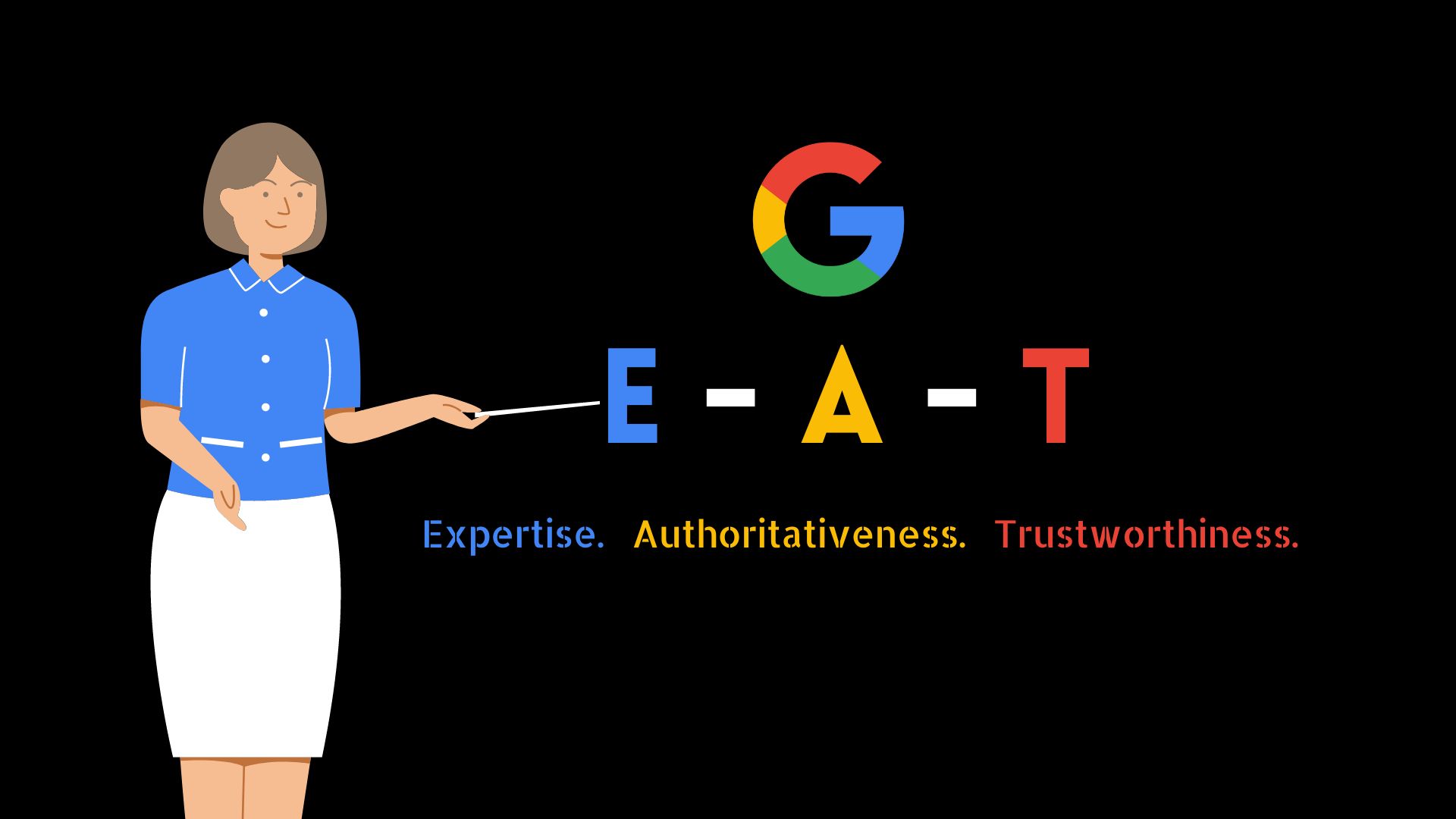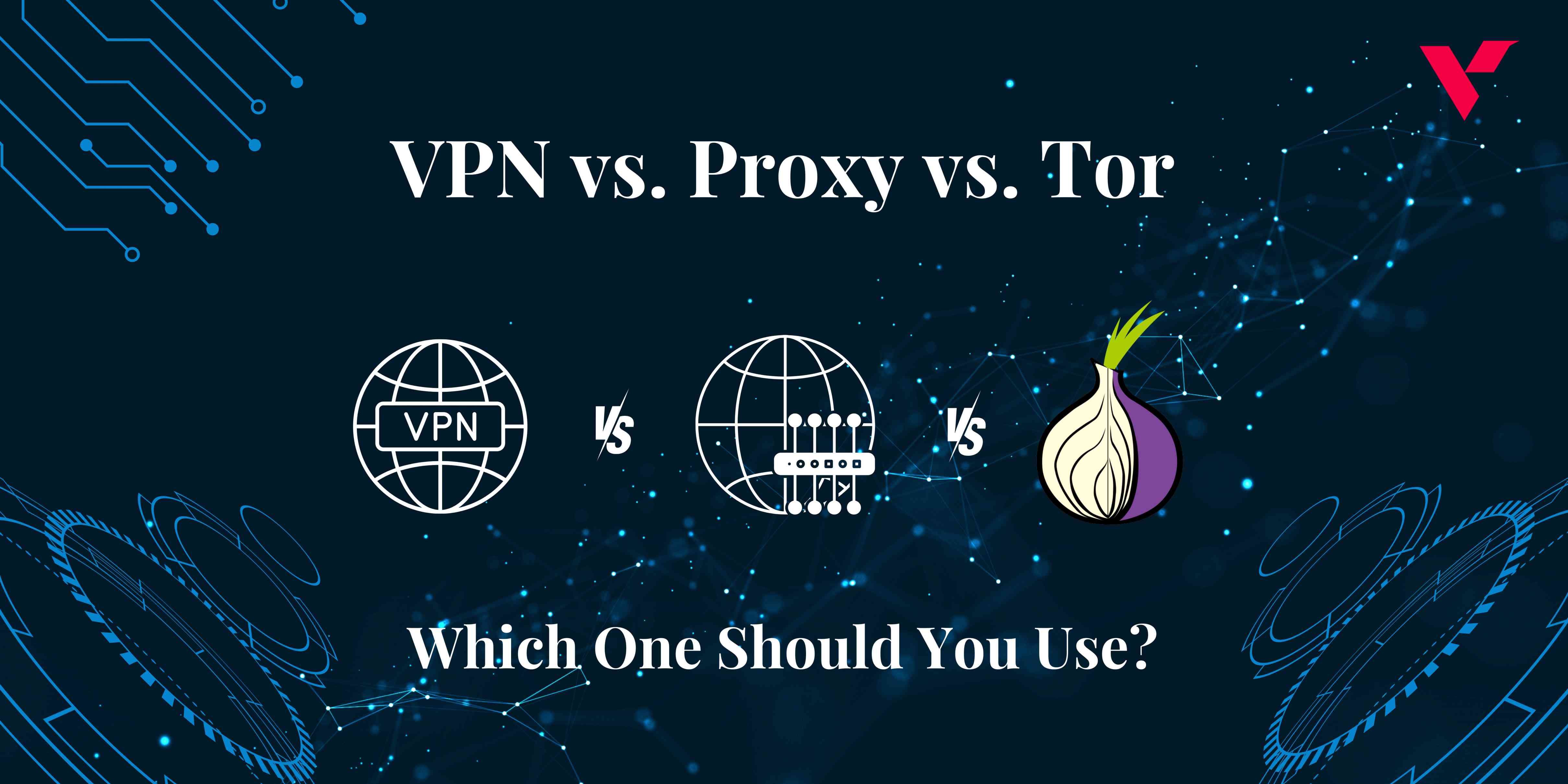Popular Tools by VOCSO
Google’s Quality Raters Guidelines are a rare glimpse into how Google assesses content and the authors thereof. They state that there is no single factor that defines “quality”, but instead it all comes down to three key areas: expertise, authoritativeness (or validity), and trustworthiness or credibility – E-A-T for short! In this blog post, we’ll dive into those with some specific examples so you can extract actionable tips on improving your SEO strategy in order to rank well in SERPs.
Table of Contents
What is E-A-T?
Google E-A-T is a set of standards that Google has put in place for ensuring the quality experience you have when using their services. It focuses on expertise, authoritativeness, and trustworthiness from all parties involved–from creators down to website owners.
EAT also takes into account how well each party communicates with one another so your search results can be as accurate and helpful as possible.
Since Google wants to provide you with the best possible experience when searching for something online, which is why they focus on expertise and authoritativeness. Expert content creators are given preference over less knowledgeable ones because it’s believed that experts have a better understanding of their field than those without formal education or practical experience in said fields.
Why is E-A-T Important?
Content is King, or so the saying goes. And it’s true. Good content should be at the heart of your SEO strategy. But what if you don’t have any? Or what if you have lots of content, but it’s not up to scratch? Most SEO audits focus on content and technical SEO issues like URLs, meta tags, HTML, and site speed. But increasingly SEO professionals are also looking at something called Google E-A-T – or expertise, authority, and trustworthiness. Google wants to know who is behind the content on your website and whether they are an authority in their field. Its algorithm uses this information, together with other signals like links, to determine whether a page is likely to be of genuine use to searchers.
It helps Google understand your website better – E-A-T factors help build a more complete picture for Google of the types of pages on your website and its subject matter, giving it more context about what kind of site it is. It also helps you target search queries more effectively – by understanding the reputation and expertise of your content creators, Google can deliver more precise results for specific search queries.
How is E-A-T SEO measured?
The role of a search engine is to provide the best possible experience to users. One way they do this is by providing high-quality web pages in response to search queries. The goal of the Google Search Quality team is to make sure that users end up with the best possible results for their query, from both relevancy and a user satisfaction point of view.
This includes understanding your site’s content and assessing how well it meets your users’ needs. The process of evaluating and ranking websites for relevance is automated and takes place entirely within Google Search. It happens every time someone searches on Google, whether they enter text or click on a link.
So, you’re reading this article about Google’s new E-A-T SEO policy. It seems like the best way to rank is to write with a tone of voice that is friendly and helpful, rather than provocative.
Google is always trying to find the perfect balance between what you want and how they can help. This time, it’s all about E-A-T criteria – which stands for Expertise/Authoritativeness/Trustworthiness!
In the case of content creators on your website or blog post, Google wants them to assess their work in terms of these 3 factors so that they may better align concepts logically together.
A good evaluation of your content will help improve its ranking.
How quality writers benefit Google E-A-T SEO
If you want your content to rank highly, Google will look at the author of the content. When it comes to the expertise of the author of the main content, depending on how much of an impact the subject matter might potentially have on your future health, happiness, financial stability, or your safety, Google will want to see relevant credentials that demonstrate a sufficient level of expertise.
The best way to be seen as an authority on any topic is by engaging with those who are considered experts in that field. If you want your content and ideas taken seriously, it’s important for them not only to know about what YOU have going on but also to trust the source of information behind said knowledge! Author trustworthiness may be determined by what potent and responses to post comments.
To make your online business website success Google eys, your website pages must have high-quality content to rank and stay on top of the list for important keywords in your niche sector; however this can be difficult with so many other websites vying against you! However when they are given good material from well-trained professionals who know how best to produce engaging copy at fast speeds then there’s no stopping them because all those extra hours spent working hard bring real value into what was once considered just another boring job which takes up most people’s time but not any more thanks.
How quality primary content benefits Google E-A-T SEO
Scoring high in Google’s algorithm means that your site is authoritative and trustworthy and that it contains enough “main” content to be satisfying. Over time, Google has developed a set of criteria to assess whether a page is of high or low quality. The new quality algorithm incorporates these criteria into its assessment of pages.
Content headers should be descriptive, accurate, and helpful. They should also not be overly shocking or exaggerated. Ads should not distract users from the main content on a page. User-generated content needs to be curated or reviewed for accuracy and helpfulness by a human before it is posted online. Content quality can vary greatly depending on the topic of a page, but there are some similarities in what makes good content across topics.
Main content (the text visible on the page after clicking on a title) should be relevant and useful to users searching for information on the topic. The main content area can also contain images; however, these images must support the main text and must not be distracting to take away from users’ ability to read the main text of the page.
How a quality website benefits Google E-A-T SEO
If you are looking to create a website that ranks well in Google, you need not produce quality content and backlinks from authoritative sites. The exact definition of an authoritative site is a little bit vague, but it generally means the site is well known for what it does and has been around for a long time.
Managing all these things is not easy for an individual but it can be easy by hiring a professional SEO company with the ability to create quality content and backlinks.
When looking at creating links and content, the first step is to determine who the competition and ideal customers are. If you are trying to rank for a term like ‘digital marketing agency’ then your main competition will be similar sites that already have authority in this space.
E-A-T SEO – a ranking Factor?
Yes. E-A-T is one of the biggest ranking factors that help to improve search ranking and built trust. The best SEOs are those that know how to use their knowledge of the search engines to their customer’s advantage. The most effective SEOs will be able to earn links and rankings, while also gaining traction in the eyes of Google Quality Raters, the people responsible for rating pages on a scale of one to ten.
Google uses the feedback from quality raters and other search data to shape relevant algorithms. In this way, quality rater data is teaching the algorithm to understand web pages qualitatively. This understanding will only develop as the algorithm continues to learn autonomously, until one day it can decipher content as a human searcher would. With the vast majority of search engine rankings determined by computer algorithms, SEOs need to focus on providing a quality experience that will evoke positive sentiment and customer satisfaction across every part online.
How to improve E-A-T SEO score?
The importance of a high EAT SEO Score cannot be overstated. An excellent EAT SEO Score can make a difference for your website when it comes to being found by users. A poor EAT SEO Score can have the opposite effect and cause your website to be overlooked.
These are some of the key areas you should focus on to improve your EAT SEO Score and thereby improve your chances of being found and clicked on.
Here are some ways you can improve your E-A-T SEO Score:
Create a quality website: Focus on creating a site that is clear, concise, and contains helpful and relevant information to users. Learn how to optimize your website with quality content and well-written articles. Tailor your content for the most targeted keywords that fit with your overall website goals. Improve your visibility by choosing relevant, meaningful, and informative anchor text when you link to other sites.
Deliver quality main content: You can increase the trust of your readers by providing them with high-quality content that they can find useful. Consider writing in the first person, using active verbs, providing links to credible sources, and including images where appropriate.
Become a quality author: Write blog posts using proper spelling and grammar. Connect with people in the industry through guest blogging opportunities and contribute to online discussions on industry-related topics. Monitor and build credibility on 3rd party websites such as Quora and Stack Exchange, where you can demonstrate subject knowledge in your area of expertise.
Make sure ads aren’t intrusive: It’s important to have relevant ads on your site, but make sure that they don’t distract visitors or get in the way of their ability to access the information or products they want from.
How to combine E-A-T SEO
Measuring E-A-T is an ongoing process for every website, but it’s also important to understand that there are no concrete metrics for the concept. Relying on a single point of measurement can lead to imperfect results. Instead, focus on the qualities inherent in E-A-T. First, look at the objective qualities of your site — the things you can count on. Adding up page views and counting backlinks is one way to determine how your content is landing with readers and how much authority you have online. But be careful not to read too much into these numbers. While they’re important factors in your overall E-A-T, they don’t tell the whole story.
Second, listen closely to what people are saying about your site. Are they sharing or tweeting articles? Are they telling their friends about a blog post? Are they reaching out to you directly with comments or questions? These are all valuable pieces of information when determining E-A-T. Finally, watch how your users interact with each other on your site. Comments allow users to discuss content and connect in a way that other comment systems don’t offer. Social media integration allows users to share links and engage more directly with one another as well.
Identify top offenders
It is important to note that Google’s priority for a website is its content. From there, we can analyze what type of technical architecture or user experience may have been impacted by the loss and make recommendations on how best to move forward to maintain customer satisfaction
The first step when it comes time to recover after losing significant amounts of data from your site will involve analyzing all aspects including whether or not you are running E-A – T principles across both personal as well enterprise websites.
Rectify issues
When Google released its algorithm updates, one of the first things they did was tell us not to panic. The company says that a commitment to great content is key when dealing with core updates like these; it will help your site stay afloat long enough for you to get back on track and make sure everything runs smoothly again in no time!
Create content
When you’ve worked to remedy the offending pages, create new content. To create engaging new content, you must take your time and work on correcting any mistakes from the previous page. Once these issues have been resolved then roll this information over into developing fresh ideas for future projects as well. Follow these step-by-step guides on how to write SEO friendly website content.
Other Google E-A-T SEO best practices
Pages that do not meet our guidelines may be targeted with a manual or algorithmic action in the future. Core updates are about improving how systems assess content overall, and this change could cause some pages previously under-rewarded to become overrated – but only if they continue to comply with all other Google policies.
Focus on Content
Focusing on content will help you to recover from a core update change. After all, pages that are still up-to-date have nothing wrong with them so focusing should be your top priority if things went south after an upgrade!
Focus on what’s important – providing the best possible information and resources for readers/viewers through engaging copywriting techniques or high-quality photography within posts, etc., ensuring new visitors get hooked quickly by exploring different ways of browsing.
The goal of content marketing is to create valuable, original information that will rank high in Google search results. To do this it’s important for your site or blog posts to not only have a strong message but also contain keywords targeted towards what users are searching at any given time which can help drive traffic from organic searches to your website. Not sure how to write quality content? Follow these experts’ insight on writing quality content that ranks in Google SERPs.
Showcase Expertise
To determine whether the content is trustworthy, you must consider the source and how well it supports what they are saying. You also have to look at their background, as this can help give context for certain points of view or information that may not otherwise make sense if read without knowledge about who wrote them first-hand experience in your field (experts). Are there easily verified factual errors within these pages? If so then beware because someone might be misleading readers by claiming expertise on topics outside those covered here – which could lead people down wrong paths with disastrous consequences.
Be Presentable
A good presentation has a clean design and clear text. The content should be well-production, not mass-produced by or outsourced to many creators; this ensures the quality of each page gets attention instead of just being thrown together haphazardly in bulk output formats. There are various elements involved with presentations that will make them attractive on mobile devices but viewers must be able to read easily without hassle such as large fonts size adjustments for those who have trouble seeing their screen properly when looking at these smaller screens due to diligence needs throughout all stages from pre-planning through post-production.
Be Comparative
One of the most important factors in ranking well on search engines is quality, and you can’t get there without making sure your content provides substantial value when compared to other pages within that particular sector. It’s also vital for a site or business’ success not only to ask “Does my website seem genuine?” but rather have others who are unaffiliated with it provide an honest assessment as well- after all, no one knows better than those paying customers! Lastly, consider auditing any drops in visitors– what were certain pages seeing the most decreased visits from? Understand these patterns so next time something like this happens again (and hopefully never), be prepared by knowing more about why things may change.
How To Recover from a core update
After a core update, recovering from lost rankings typically takes several months. However, other factors might affect how quickly your site recovers from a core update, including:
The quality of the new and existing content: Content that already ranks well for a keyword or set of keywords is typically not impacted by a core update. Content quality has a strong influence on the time it takes to recover after a core update. Pages with low-quality or thin content tend to recover more slowly than pages with high-quality content.
Content freshness: Fresh content tends to perform better than stale content, especially when it’s relevant and well written. If you’re adding new relevant content frequently, your site will likely see faster improvements in its search rankings after an update than when fewer new pages are created. How many pages have been updated? If you make major changes across hundreds or thousands of pages at once, it might take longer for Googlebot to crawl and process them all than if you made those changes over several days or weeks.
Conclusion
Your business is booming, and you can’t keep up with the search engine rankings. panic not! There are experts here who will get your site onto the top spot in no time at all using their proven strategies for success. The content strategy that worked last year may not work this one since Google has made some major changes to how they rank websites. Make sure you’re using content marketing strategies that working these days.
Don’t worry VOCSO has a team of seasoned professionals ready 24/7 just waiting on those caffeinated drinks so give us a call before anyone else does.


















